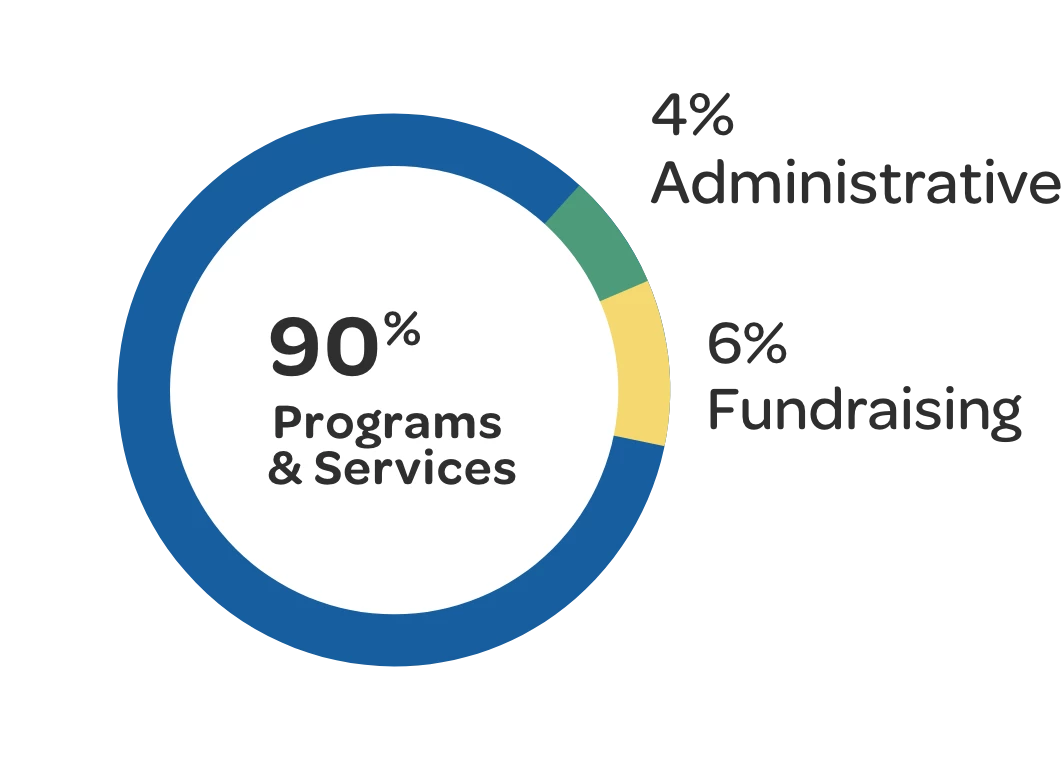One of the driving reasons that have spurred our food distributions worldwide has been the growing number of working people who still can’t make ends meet. The Atlantic reports: “Not only are 18 million Americans unemployed; millions more are now underemployed, their lost hours translating into lost wages translating into lost consumer spending, while emergency unemployment-insurance payments expire, eviction moratoriums lapse, and Congress remains deadlocked.”
What is Underemployment?
Underemployment is when someone has a job where they are working fewer hours than they want or need to be able to afford necessities based on their pay rate. Underemployment can also mean working in a job below their qualifications or involuntarily working part-time or freelancing positions when they would prefer full-time employment.
What Are the Effects of Underemployment?
Working reduced hours at a job leads to an income loss over time. Income loss leads to a person really struggling to make ends meet. Underemployment causes higher poverty levels. It also affects the economy overall. Underemployment reduces consumer demand and buying power, which slows business growth. As a result, the country’s economy is affected. This leads to slower job growth. Slower job growth leads to more underemployment or unemployment.
If a young person takes a low-wage job, that person loses a good start to their career. When forced to take a job beneath their skill set, it is hard to get back on track. They will also miss out on the experience and mentoring they need to maintain their skill set.
People who suffer from underemployment risk food insecurity and being able to have their basic needs met. Basic needs are air, water, food, shelter, sleep, and clothing.
Battling Food Insecurity With Aid
There is a hunger problem in the United States, and it is growing. Bloomberg reports: “During the pandemic, about a 10th of American households reported they hadn’t had enough food in a given week.” The New York Times writes: “In one week in late July, nearly 30 million Americans reported they did not have enough to eat, according to a government survey.”
Children in the U.S. are suffering the most. Among families with children, one in three reported insufficient food. This is the highest level in the nearly two decades that the government has tracked hunger in America.
As the pandemic continues to decimate jobs and create more underemployment, Americans rely heavily on supplemental visits to their local food banks or food distributions. At Zakat Foundation of America, we know these Americans need support and help, so we are on the ground at major cities across America, giving out food aid. We are on the front lines to provide nutritious foods such as fresh produce, milk, and cheese. We have focused our efforts on underserved communities that lack access to fresh foods. From the Bay Area to Minnesota to New York, we are in your cities, helping them recover from the effects of COVID-19 with PPE donations and fresh food deliveries. Since March, we have distributed 1,225,928 pounds of food aid in the United States alone.







